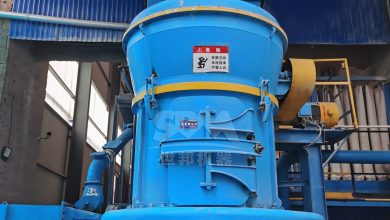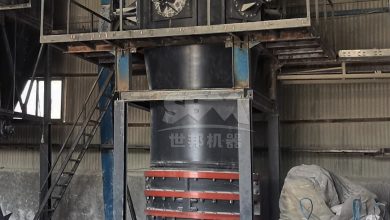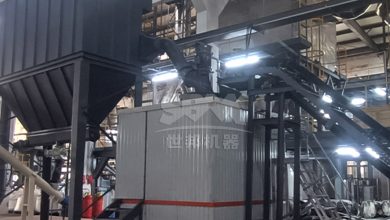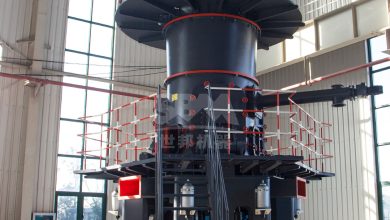Factors Affecting the Operating Costs of Fly Ash Grinding Mills: A Comprehensive Analysis
Factors Affecting the Operating Costs of Fly Ash Grinding Mills: A Comprehensive Analysis
Fly ash grinding mills play a crucial role in the utilization of industrial by-products, transforming waste into valuable construction materials. However, the operating costs of these mills are influenced by multiple factors that require careful consideration. This article provides a systematic analysis of key cost drivers and technological solutions to optimize grinding operations.
1. Energy Consumption: The Dominant Cost Factor
Accounting for 40-60% of total operating costs, energy efficiency remains the primary concern in fly ash grinding. Three critical aspects determine power requirements:
- Grinding mechanism: Vertical roller mills typically consume 18-22 kWh/t while ball mills require 25-32 kWh/t
- Material characteristics: Moisture content above 3% increases energy demand by 15-20%
- System design: Integrated classifiers can reduce recirculation load by 30-40%
Our XZM Ultrafine Mill addresses these challenges with its innovative design:
- Energy consumption 30% lower than conventional mills
- Smart control system automatically adjusts to material variations
- Vertical turbine classifier minimizes over-grinding
2. Wear Part Replacement Costs
Component wear represents 20-35% of operating expenses, influenced by:
| Component | Typical Lifespan (hours) | Replacement Cost Factor |
|---|---|---|
| Grinding rollers | 6,000-8,000 | Material hardness, feed size |
| Liners | 10,000-12,000 | Abrasion index, grinding pressure |
| Classifier blades | 15,000-18,000 | Particle velocity, dust loading |
ZENITH’s MTW Series Trapezium Mill incorporates several wear-reduction technologies:
- Combination wear plates reduce replacement costs by 40%
- Curved shovel design extends service life 2.5×
- Integrated lubrication system minimizes abrasive wear
3. Maintenance Requirements
Unplanned downtime can cost $5,000-$15,000 per incident. Key maintenance factors include:
- Accessibility: Modular designs reduce service time by 50%
- Monitoring systems: Vibration sensors prevent 85% of bearing failures
- Lubrication: Automated systems decrease maintenance intervals
4. Environmental Compliance Costs
Modern mills must address:
- Dust emissions below 20mg/Nm³
- Noise levels ≤75dB at 1m distance
- Waste heat recovery potential
Our grinding solutions feature:
- Pulse dust collectors with 99.9% efficiency
- Acoustic enclosures meeting ISO 3744 standards
- Heat exchange systems for energy recovery
5. Throughput Optimization
Capacity utilization significantly impacts unit costs. Critical parameters:
- Feed consistency: ±5% variation ideal
- Circulation load: Optimal at 150-250%
- Classifier efficiency: Target 75-85% separation accuracy
The XZM Ultrafine Mill achieves superior throughput with:
- Capacity up to 25 ton/h in compact footprint
- Precision classification eliminating reprocessing
- Automated feed control maintaining optimal load
Conclusion
Understanding these cost factors enables operators to select appropriate grinding technology and optimize operations. ZENITH’s XZM Ultrafine Mill and MTW Series Trapezium Mill incorporate advanced features addressing all major cost drivers, delivering industry-leading efficiency and reliability. With over 30 years of engineering expertise, our solutions combine German technology with Chinese manufacturing excellence, providing customers with optimal total cost of ownership.
For operations requiring ultra-fine fly ash grinding (325-2500 mesh), the XZM Ultrafine Mill offers unparalleled performance with energy consumption as low as 45kWh/ton. Larger-scale applications benefit from the MTW Series with capacities up to 45 ton/h and innovative wear protection systems.





